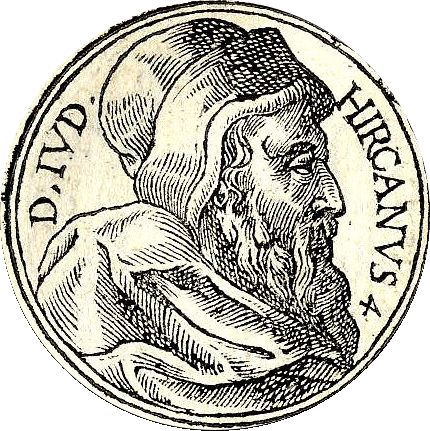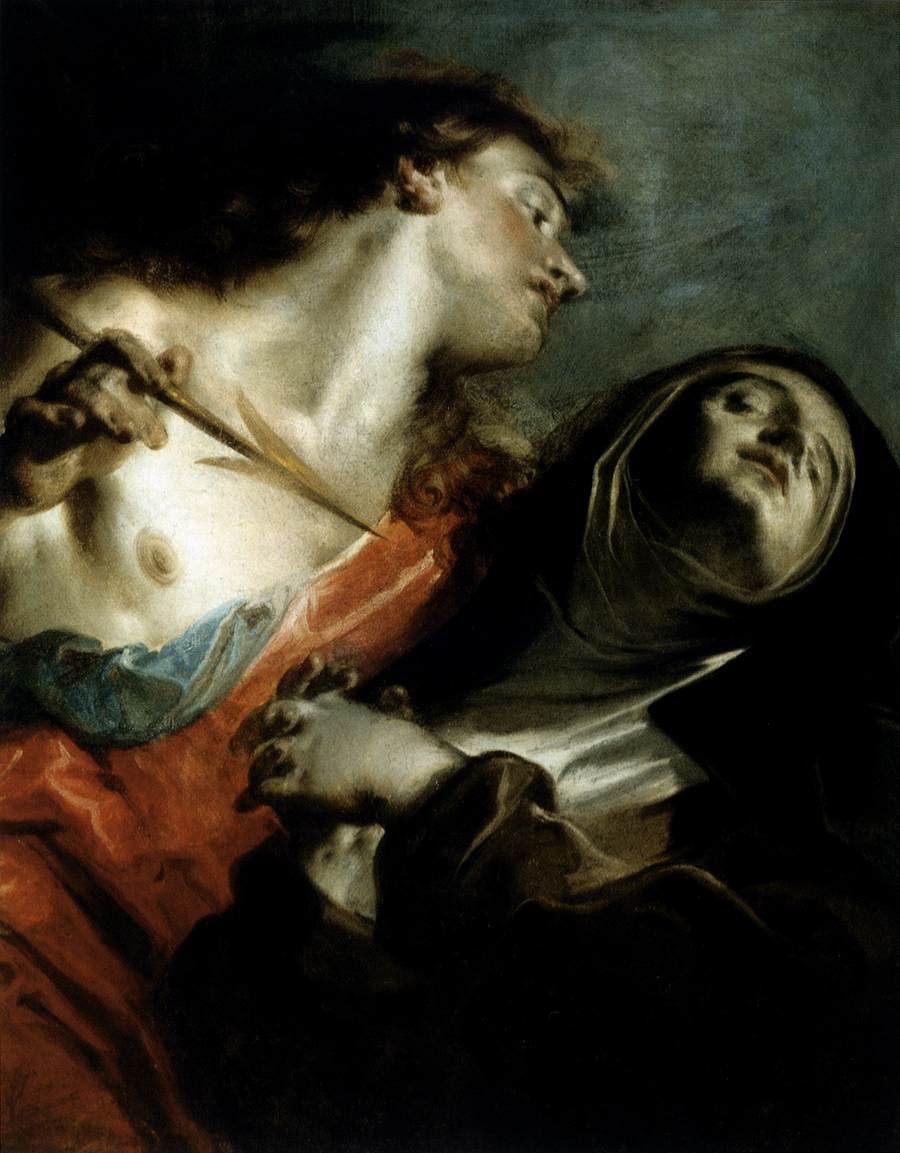|
Jewish Renewal
Jewish Renewal () is a recent movement in Judaism which endeavors to reinvigorate modern Judaism with Kabbalistic, Hasidic, and musical practices. Specifically, it seeks to reintroduce the "ancient Judaic traditions of mysticism and meditation, gender equality and ecstatic prayer" to synagogue services. It is distinct from the baal teshuva movement of return to Orthodox Judaism. Overview The term "Jewish Renewal" describes "a set of practices within Judaism that attempt to reinvigorate what it views as a moribund and uninspiring Judaism with mystical, Hasidic, musical and meditative practices drawn from a variety of traditional and untraditional, Jewish and other, sources. In this sense, Jewish Renewal is an approach to Judaism that can be found within segments of any of the Jewish denominations". The term also refers to an emerging Jewish movement, the Jewish Renewal movement, which describes itself as "a worldwide, transdenominational movement grounded in Judaism's prophetic ... [...More Info...] [...Related Items...] OR: [Wikipedia] [Google] [Baidu] |
Zalman Schachter-Shalomi
Meshullam Zalman Schachter-Shalomi (28 August 1924 – 3 July 2014), commonly called "Reb Zalman" (full Hebrew name: ), was one of the founders of the Jewish Renewal movement and an innovator in ecumenical dialogue. Early life Born Meshullam Zalman Schachter in 1924 to Shlomo and Hayyah Gittel Schachter in Żółkiew, Poland (now Ukraine), Schachter was raised in Vienna, Austria. His father was a liberal Belzer hasid and had Zalman educated at both a Zionist high school and an Orthodox yeshiva. Schachter was interned in detention camps under the Vichy French and fled the Nazi advance by fleeing to the United States in 1941. He was ordained as an Orthodox rabbi in 1947 within the Chabad Lubavitch Hasidic community while under the leadership of the sixth Lubavitcher Rebbe, Yosef Yitzchok Schneersohn, and served Chabad congregations in Massachusetts and Connecticut. In 1948, along with Rabbi Shlomo Carlebach, Schachter was initially sent out to speak on college campuses by the Lu ... [...More Info...] [...Related Items...] OR: [Wikipedia] [Google] [Baidu] |
Jewish Denominations
Jewish religious movements, sometimes called "religious denomination, denominations", include different groups within Judaism which have developed among Jews from ancient times. Today, the most prominent divisions are between traditionalist Orthodox Judaism, Orthodox movements (including Haredi Judaism, Haredi and Religious Zionism, Religious Zionist () sects); modernist movements such as Conservative Judaism, Conservative, Masortim, Masorti and Reform Judaism, Reform Judaism; and Jewish secularism, secular or Jews. The movements Relationships between Jewish religious movements, differ in their views on various issues. These issues include the level of observance, the methodology for interpreting and understanding Halakha, Jewish law, Historical criticism, biblical authorship, textual criticism, and the nature or role of Messiah in Judaism, the messiah (or messianic age). Across these movements, there are marked differences in Jewish services, liturgy, especially in the language ... [...More Info...] [...Related Items...] OR: [Wikipedia] [Google] [Baidu] |
Tirzah Firestone
Tirzah Firestone (born May 27, 1954) is an American analytical psychotherapist, author, and Jewish Renewal rabbi. She is the founding rabbi of Congregation Nevei Kodesh, a Jewish Renewal synagogue in Boulder, Colorado, and is now Rabbi Emerita there. She was ordained by Rabbi Zalman Schachter-Shalomi in 1992 and is a leader in the international Jewish Renewal Movement. Widely known for her work on feminism and the modern applications of Jewish mystical wisdom, Firestone teaches nationally on Jewish ancestral healing and the common boundary between ancient Jewish heritage and modern psychology. Firestone is an active Member of Aleph: Alliance for Jewish Renewal (1994–present) and the Ohalah Rabbinic Association (2003–present). She was the National Co-chair of T'ruah: The Rabbinic Call for Human Rights (2009–2010) and is currently serving on the board of the Yesod Foundation (1997–present). Tirzah Firestone was raised in an Orthodox Jewish family in St. Louis, Missouri. ... [...More Info...] [...Related Items...] OR: [Wikipedia] [Google] [Baidu] |
Pharisees
The Pharisees (; he, פְּרוּשִׁים, Pərūšīm) were a Jewish social movement and a school of thought in the Levant during the time of Second Temple Judaism. After the destruction of the Second Temple in 70 CE, Pharisaic beliefs became the foundational, liturgical, and ritualistic basis for Rabbinic Judaism. Conflicts between Pharisees and Sadducees took place in the context of much broader and longstanding social and religious conflicts among Jews, made worse by the Roman conquest. One conflict was cultural, between those who favored Hellenization (the Sadducees) and those who resisted it (the Pharisees). Another was juridical-religious, between those who emphasized the importance of the Temple with its rites and services, and those who emphasized the importance of other Mosaic Laws. A specifically religious point of conflict involved different interpretations of the Torah and how to apply it to current Jewish life, with Sadducees recognizing only the Written Torah ... [...More Info...] [...Related Items...] OR: [Wikipedia] [Google] [Baidu] |
Chavurah
A ''chavurah'' or ''chaburah'' (חבורה Hebrew: "fellowship", plural ''chavurot'') is a small group of like-minded Jews who assemble for the purposes of facilitating Shabbat and holiday prayer services, sharing communal experiences such as lifecycle events, or Jewish learning. ''Chavurot'' usually provide autonomous alternatives to established Jewish institutions and Jewish denominations. Many chavurot place an emphasis on egalitarianism in the broad sense (of which gender egalitarianism is one piece), depending on participation by the entire community rather than top-down direction by clergy. Origins The first chavurah in the United States was formed in September 1960 in Whittier, California. However, most chavurot in America had their origins in the North American Jewish counter-cultural trends of the late 1960s and early 1970s. During this period, groups of young rabbis, academics, and political activists founded experimental chavurot for prayer and study, in reaction to w ... [...More Info...] [...Related Items...] OR: [Wikipedia] [Google] [Baidu] |
Counterculture Of The 1960s
The counterculture of the 1960s was an anti-establishment cultural phenomenon that developed throughout much of the Western world in the 1960s and has been ongoing to the present day. The aggregate movement gained momentum as the civil rights movement in the United States continued to grow, and with the intensification of the Vietnam War, it would later become revolutionary to some. As the 1960s progressed, widespread social tensions also developed concerning other issues, and tended to flow along generational lines regarding human sexuality, women's rights, traditional modes of authority, rights of non-white people, end of racial segregation, experimentation with psychoactive drugs, and differing interpretations of the American Dream. Many key movements related to these issues were born or advanced within the counterculture of the 1960s. As the era unfolded, what emerged were new cultural forms and a dynamic subculture that celebrated experimentation, modern incarnations of B ... [...More Info...] [...Related Items...] OR: [Wikipedia] [Google] [Baidu] |
Sufism
Sufism ( ar, ''aṣ-ṣūfiyya''), also known as Tasawwuf ( ''at-taṣawwuf''), is a mystic body of religious practice, found mainly within Sunni Islam but also within Shia Islam, which is characterized by a focus on Islamic spirituality, ritualism, asceticism and esotericism. It has been variously defined as "Islamic mysticism",Martin Lings, ''What is Sufism?'' (Lahore: Suhail Academy, 2005; first imp. 1983, second imp. 1999), p.15 "the mystical expression of Islamic faith", "the inward dimension of Islam", "the phenomenon of mysticism within Islam", the "main manifestation and the most important and central crystallization" of mystical practice in Islam, and "the interiorization and intensification of Islamic faith and practice". Practitioners of Sufism are referred to as "Sufis" (from , ), and historically typically belonged to "orders" known as (pl. ) – congregations formed around a grand who would be the last in a chain of successive teachers linking back to Muham ... [...More Info...] [...Related Items...] OR: [Wikipedia] [Google] [Baidu] |
Buddhism
Buddhism ( , ), also known as Buddha Dharma and Dharmavinaya (), is an Indian religion or philosophical tradition based on teachings attributed to the Buddha. It originated in northern India as a -movement in the 5th century BCE, and gradually spread throughout much of Asia via the Silk Road. It is the world's fourth-largest religion, with over 520 million followers (Buddhists) who comprise seven percent of the global population. The Buddha taught the Middle Way, a path of spiritual development that avoids both extreme asceticism and hedonism. It aims at liberation from clinging and craving to things which are impermanent (), incapable of satisfying ('), and without a lasting essence (), ending the cycle of death and rebirth (). A summary of this path is expressed in the Noble Eightfold Path, a training of the mind with observance of Buddhist ethics and meditation. Other widely observed practices include: monasticism; " taking refuge" in the Buddha, the , and the ; ... [...More Info...] [...Related Items...] OR: [Wikipedia] [Google] [Baidu] |
Dance
Dance is a performing art form consisting of sequences of movement, either improvised or purposefully selected. This movement has aesthetic and often symbolic value. Dance can be categorized and described by its choreography, by its repertoire of movements, or by its historical period or place of origin. An important distinction is to be drawn between the contexts of theatrical and participatory dance, although these two categories are not always completely separate; both may have special functions, whether social, ceremonial, competitive, erotic, martial, or sacred/liturgical. Other forms of human movement are sometimes said to have a dance-like quality, including martial arts, gymnastics, cheerleading, figure skating, synchronized swimming, marching bands, and many other forms of athletics. There are many professional athletes like, professional football players and soccer players, who take dance classes to help with their skills. To be more specific professional athlet ... [...More Info...] [...Related Items...] OR: [Wikipedia] [Google] [Baidu] |
Chant
A chant (from French ', from Latin ', "to sing") is the iterative speaking or singing of words or sounds, often primarily on one or two main pitches called reciting tones. Chants may range from a simple melody involving a limited set of notes to highly complex musical structures, often including a great deal of repetition of musical subphrases, such as Great Responsories and Offertories of Gregorian chant. Chant may be considered speech, music, or a heightened or stylized form of speech. In the later Middle Ages some religious chant evolved into song (forming one of the roots of later Western music). Chant as a spiritual practice Chanting (e.g., mantra, sacred text, the name of God/Spirit, etc.) is a commonly used spiritual practice. Like prayer, chanting may be a component of either personal or group practice. Diverse spiritual traditions consider chant a route to spiritual development. Some examples include chant in African, Hawaiian, and Native American, Assyrian and ... [...More Info...] [...Related Items...] OR: [Wikipedia] [Google] [Baidu] |
Religious Ecstasy
Religious ecstasy is a type of altered state of consciousness characterized by greatly reduced external awareness and expanded interior mental and spiritual awareness, frequently accompanied by visions and emotional (and sometimes physical) euphoria. Although the experience is usually brief in time, there are records of such experiences lasting several days or even more, and of recurring experiences of ecstasy during one's lifetime. In Sufism, the term is referred to as '' wajad'' and the experience is referred to as either ''jazbah (jadbah o jedbah for Maghreb)'' or ''majzoobiyat''. Context The adjective "religious" means that the experience occurs in connection with religious activities or is interpreted in context of a religion. Journalist Marghanita Laski writes in her study "Ecstasy in Religious and Secular Experiences", first published in 1961: "Epithets are very often applied to mystical experiences including ecstasies without, apparently, any clear idea about the d ... [...More Info...] [...Related Items...] OR: [Wikipedia] [Google] [Baidu] |
Neo-Hasidism
Neo-Hasidism, Neochassidut, or Neo-Chassidus, is an approach to Judaism in which people learn beliefs and practices of Hasidic Judaism, and incorporate it into their own lives or prayer communities, yet without formally joining a Hasidic group. Over the last century neo-Hasidism was popularized by the works of writers such as Hillel Zeitlin, Martin Buber, Abraham Joshua Heschel, Lawrence Kushner, Zalman Schachter-Shalomi, and Arthur Green. Neo-Hasidism is not a denomination of Judaism, but rather an approach to Judaism which can be found in all movements of Judaism, Orthodox and non-Orthodox. Among non-Orthodox Jews one can find adherents of neo-Hasidism in Conservative, Reform, Reconstructionism, and Aleph: The Alliance for Jewish Renewal. In the 1970s and 1980s a similar movement amongst ''baalei teshuva''— within more Haredi Judaism, "traditional" Orthodoxy—was observed in the US, Shaul Magid (2019)"The Hasidic Underground" ''Tablet'' influenced by Shlomo Carlebach, A ... [...More Info...] [...Related Items...] OR: [Wikipedia] [Google] [Baidu] |





